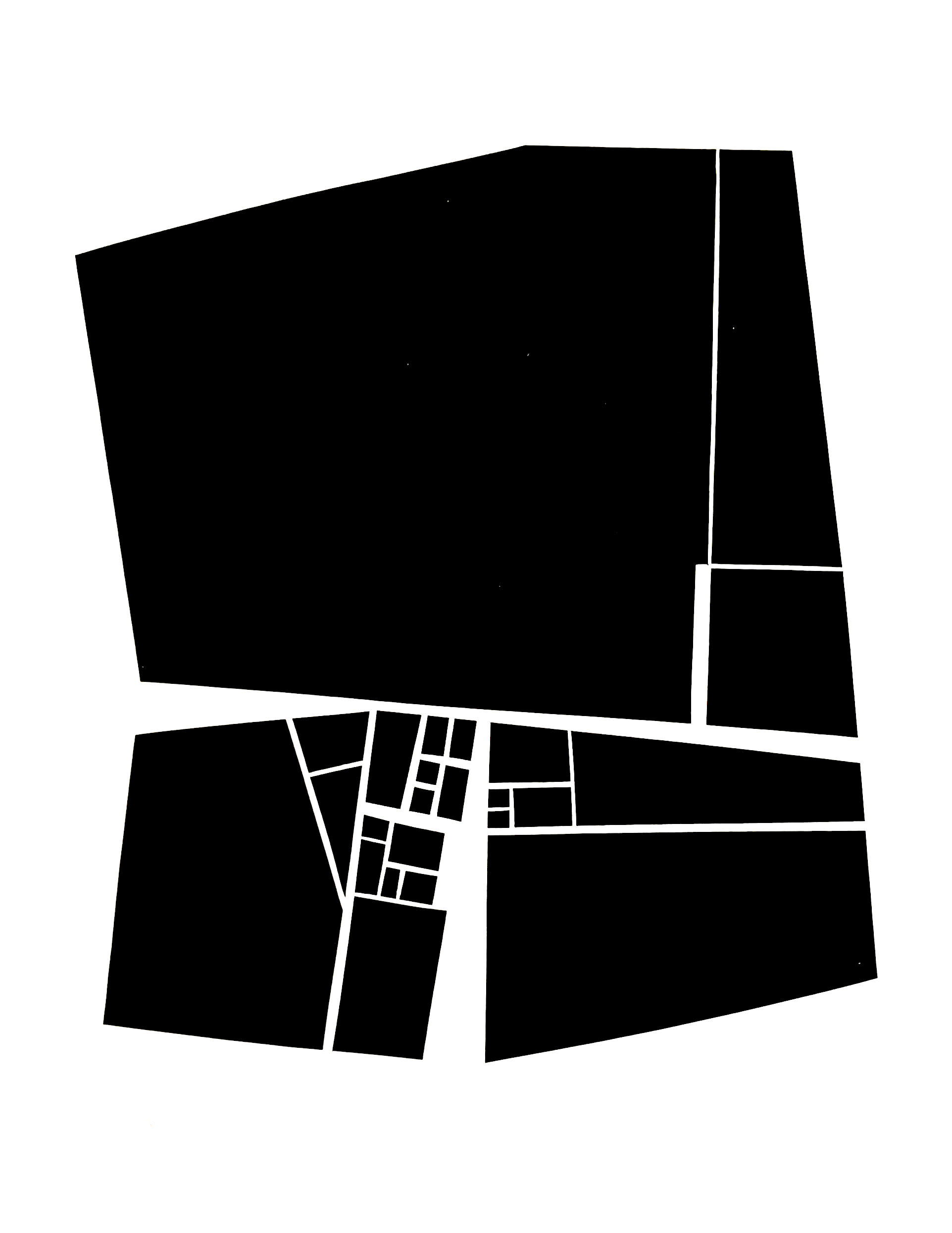
The idea of truth is a complex concept for the modern mindset. Many argue truth is relative or simply does not exist
– although this idea proves to be extremely difficult when applied to one’s political views. For the careful observer, it is evident that we all make various truth claims, even if we don’t share them with others. These claims impact the stories we tell ourselves and ultimately translate into attitudes, actions or behaviors. Sometimes the word truth is used to convey something pure and set apart. For example, something that can only be determined by God — something that is not sullied by human interaction or manipulation. Sometimes the term is used to imply something or someone who is genuine and real. The Greeks often thought of truth in terms of sincerity, being pure or clear — a disposition that was not contaminated by malice or wickedness.
The Greek term for truth or sincerity has a very curious story. In ancient times dishonest porcelain merchants would fill cracks in their pots with a wax mixture. Porcelain was highly valued but fragile and very difficult to fire without cracking. A pearly-white wax pressed into the cracks could not be detected unless it was held up to the light or the vessel was filled with a very hot liquid. As a result, honest dealers would mark their vessels ‘sine cera’ or without wax. The phrase was adopted to convey sincerity, honesty and integrity — not hiding one’s flaws. The piece above is a series of works from my visual journal exploring this idea of truth and sincerity entitled without wax.
